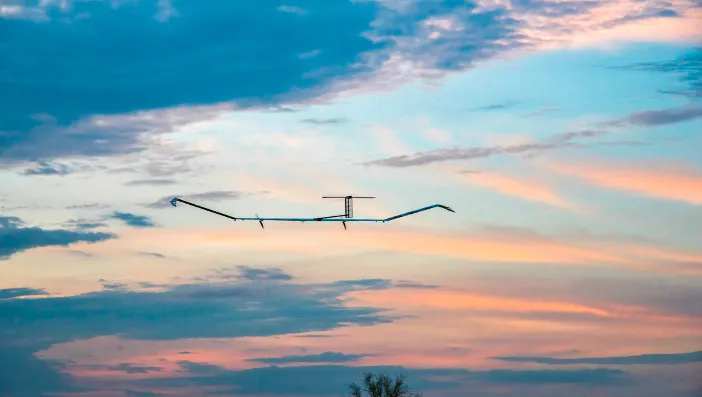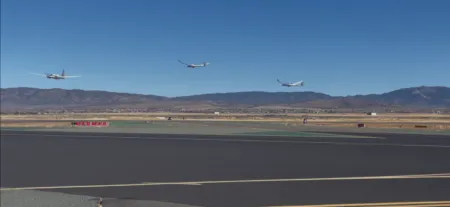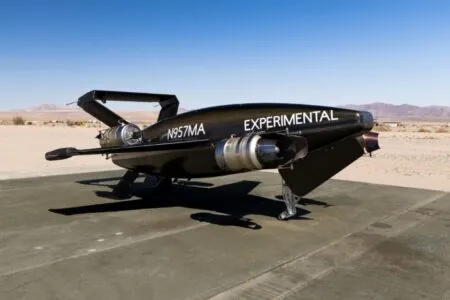Airbus’ Zephyr high-altitude drone has logged a maiden flight of 26 days, the longest duration un-refuelled flight ever made.
The solar-powered Zephyr S, which Airbus calls a High Altitude Pseudo-Satellite (HAPS), achieved the new world record after taking off on July 11 from Arizona, USA. The Zephyr S, which is the first production aircraft of the Zephyr program, flew for 25 days, 23 hours, and 57 minutes.
Airbus is still waiting for official recognition of the new world record from the Fédération Aéronautique Internationale. The previous record for the longest un-refuelled flight has been held by a Zephyr prototype since 2010 for 14 days.
Jana Rosenmann, head of unmanned aerial systems at Airbus, said, “This successful maiden flight represents a significant milestone in the Zephyr programme, adding a new stratospheric flight endurance record which we hope will be formalised very shortly.
“We will in the coming days check all engineering data and outputs and start the preparation of additional flights planned for the second half of this year from our new operating site at the Wyndham airfield in Western Australia.”
Rosemmann has previously said the drone could fly continuously for up to 100 days.
Airbus said the test flight proved the system capabilities and achieved all of the flight’s engineering objectives.
Zephyr runs exclusively on solar power, above the weather and conventional air traffic, at altitudes of up to 59,000ft.
The Zephyr S is equipped with cameras but has been designed to use different payloads. Potential civil applications for the Zephyr include remote sensing, such as providing imagery and live video streaming and the provision of broadband internet connectivity.
For defence, the Zephyr can be fitted out to provide a “connectivity backbone” for military operations and could also be used for surveillance activities, said Airbus. “It’s fine to be flying but we also need to offer a capability as well,” said Rosenmann.
Two versions of the drone are being developed. The Zephyr S is configured with a single tail, while the Zephyr T will have a twin tail and be able to carry a heavier payload.





